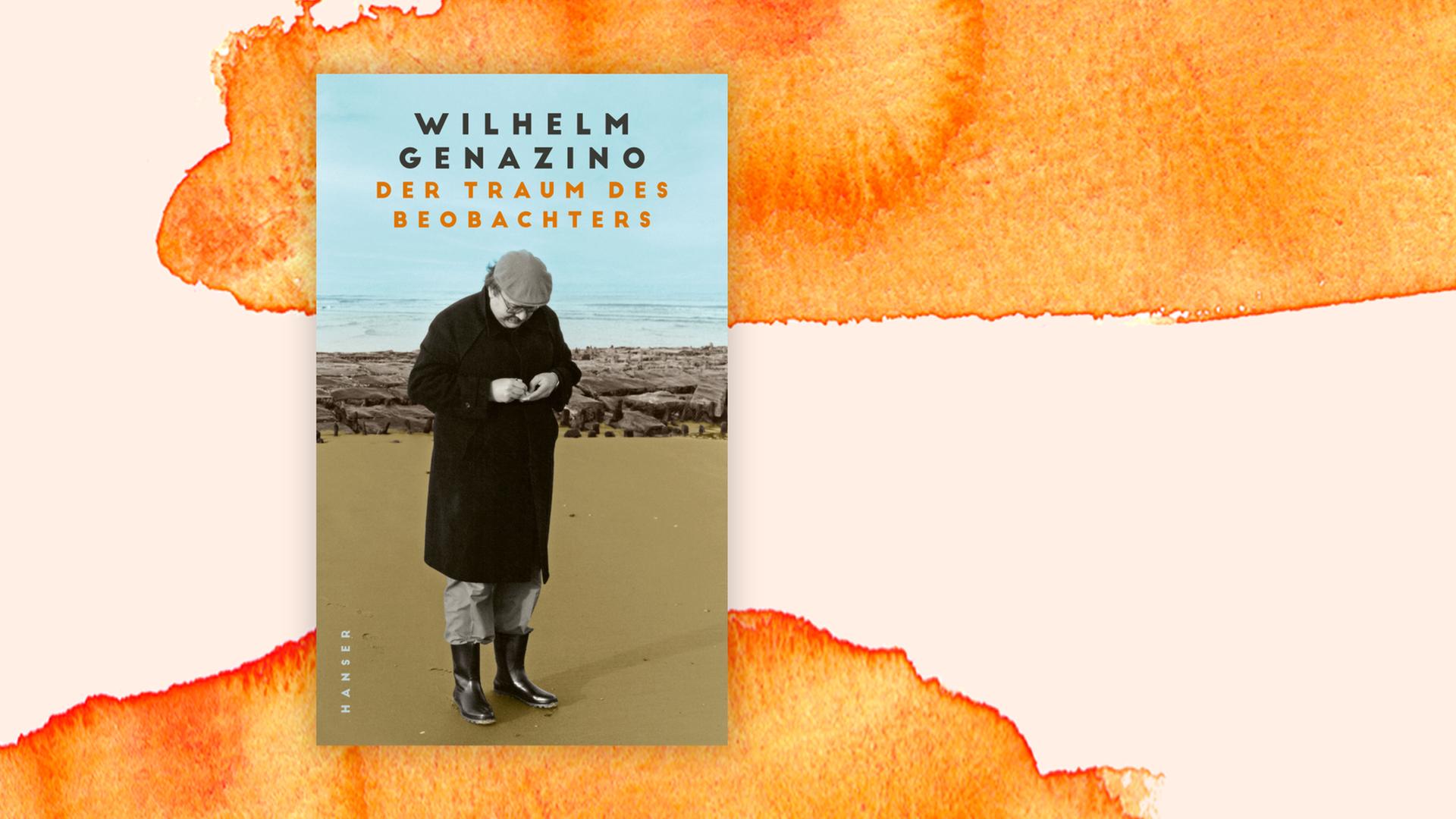Wilhelm Genazino’s secret was to create a constant tension between melancholy and comedy. The conditions he described are unbearable, his daily observations always finding new evidence of this. But at the same time, it always turns into an absurd comedy that gives breathing space to the moment of writing and reading and permeates the void that only literature calls it.
Files full of work notes
How he worked more accurately can be seen from the 38 volumes with “work diaries” that were found in his estate. Genazino spontaneously wrote down everything he saw and thought on notes and then typed it up on a typewriter. The editors have now filtered about a tenth of these 7,000 papers and presented them in a single volume.
Many of these notes later found their way into his novels. On January 17, 1995, for example, there’s an entry: “Aphorism of my mother: Light burns a hole in the daytime”—and the following year one of his quiet, edgy novels bears exactly that title. The shoe tester in Genazino’s hit novel “Umbrella for Today” from 2001 has a long history: as early as 1981, the author cut an advertisement for a shoe factory in Eschborn: “Shoe tester wanted” and applied for it.
twist in the novel
This is also an indication of the long financial droughts that the freelance writer has been through. His petty-bourgeois patriarchal home became the most important power center of his prose and it has been evoked more intensely over the years: “Even today I cannot speak truthfully of the miseries of my childhood. For example, I cannot say that there were five of us living in a two-room apartment: three brothers.” and parents,” he wrote in 1987.
This is reflected almost verbatim in novels such as Love of Simplicity or Woman, Apartment, Roman, which frequently revolve around this initial experience and transcend “self-imagination” in the modern sense—because in the process the protagonists vaporize more and more and create their own poetic space.
Approaching the indescribable
“Educational history” is one of the most important terms in which Genazino sums up his ideas. One could also say: it represents literature as deliverance from narrow and fearful circumstances. As a symbol of this, Kafka is the leading character in Genazino from beginning to end.
For this writer, he finds new aphorisms almost every year: “In a way, modern literature begins and ends with Kafka.” and embarrassment or about favorite words like “tracing paper” or “mortadella”.
With Genazino, all of this has an existential dimension, and he made it clear in his notes: “Literature. Its constant approach to the ineffable.”

“Explorer. Communicator. Music geek. Web buff. Social media nerd. Food fanatic.”






More Stories
Abby Carter covers Taylor Swift, revealing her top ten
A pioneering new principle – Korean researchers have discovered a revolutionary phenomenon in liquid crystals
Franklin Police provide an update on the cause of death